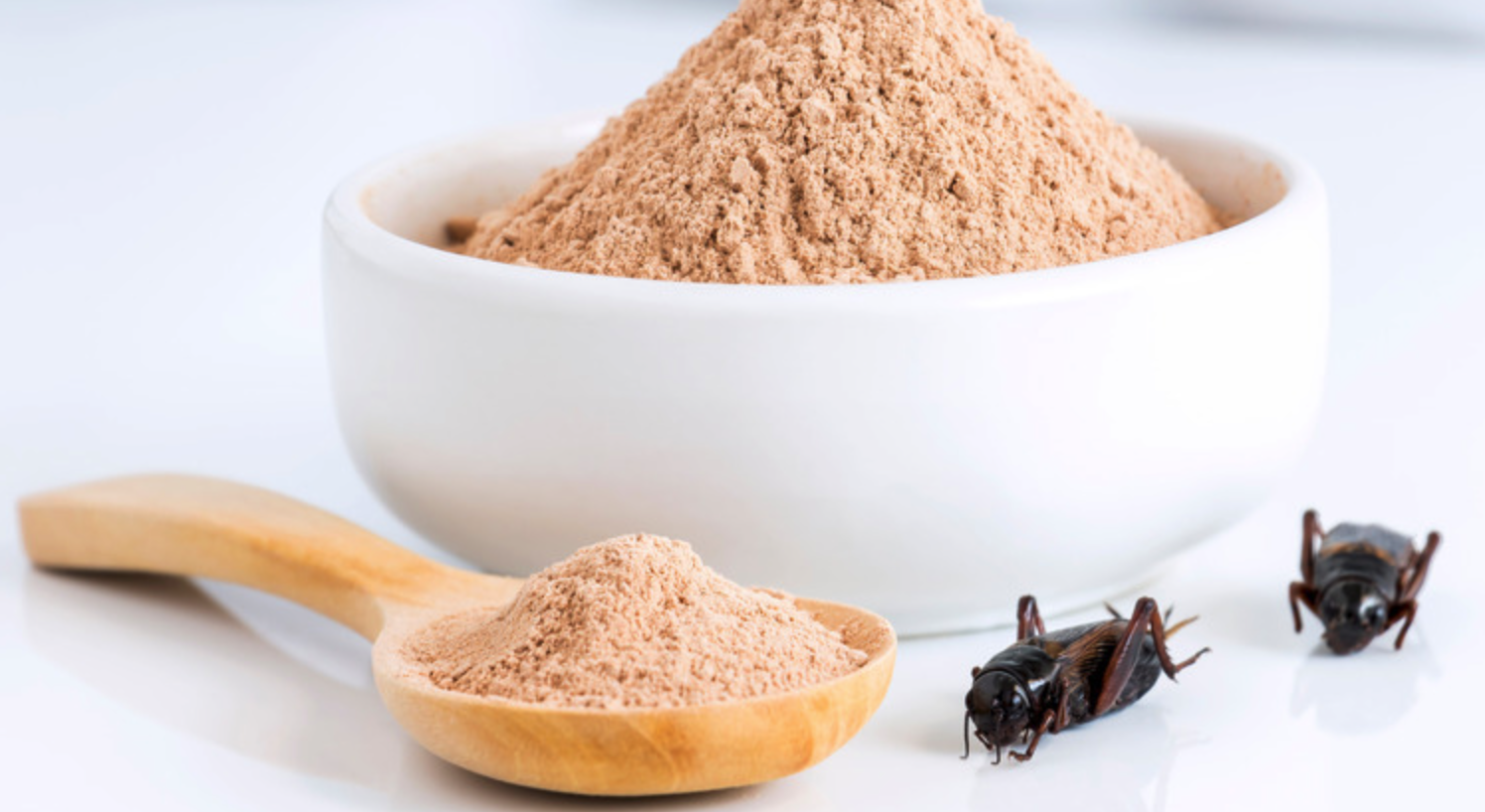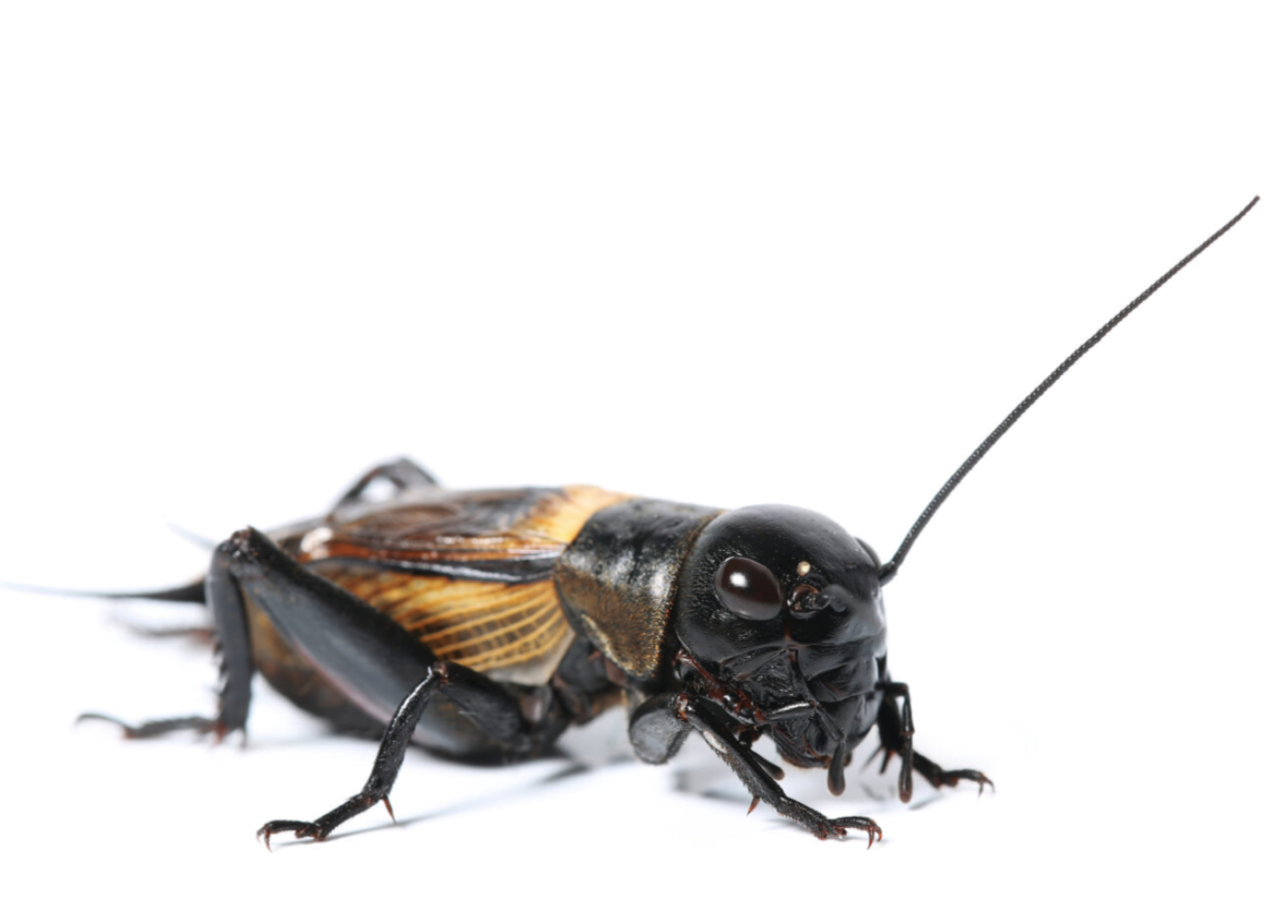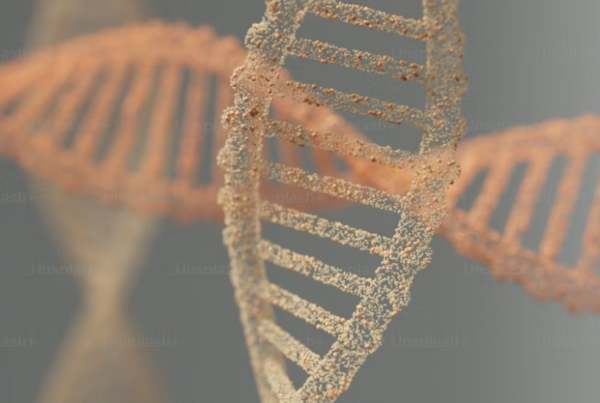The word entomophagy in Greek is broken down into entomos, meaning insect, and Phagein, meaning to eat. “Insects have served as a food source for tens of thousands or years, all over the planet. In the Middle East, as far back as the 8th century B.C., servants carried locusts arranged on sticks to royal banquets. In Greece, eating cicadas was considered a delicacy”.
Eating crickets sounds like a good idea on the paper. As Dr Axe explains in an article from 2015, a serving of cricket powder is two tablespoons (12 grams) and contains about55 calories, little carbs and fat, a good amount of iron, calcium, vitamin B2 and B12. Cricket flour is valued because it is gluten-free and high in protein. The perfect food for who wants to improved muscle mass, weight management, to stabilise blood sugar levels, improved mood, brain and heart function, and slower ageing.It may even decrease the risk or colon and rectal cancers.
2015…That was almost 10 years ago and I remember my husband at that time being so enthusiastic about the idea to embark in the future of foods with less meat consumed, and therefore more sustainability, less CO2 emissions.
Were we well prepared (brainwashed?) to accept the arrival of insects on our table, with a smoke screen to hide the potential downsides? It’s hard to say. When I told my husband that cricket flour had potential harmful effects on health, he looked at me with disbelief. The French skeptical about everything striking again!
All I found searching the internet about crickets are positive articles raving about thew nutritional values and health properties. Studies on PubMed show benefits on gut health, on insuline levels.
In 2018, an Italian study published in the August issue of the Journal Innovative Food Science and Emerging Technologies showed the presence of bacterial spores — a dormant state of some types of bacteria — in the cricket-based breads. These spores raised potential safety concerns, the researchers said, as such germs might potentially spoil the breads, or even make people sick. But that’s about it when it comes to negative effects.
Only very recently did I learn a bit more about potential side effects, via naturopathic and organic nutrition circles.
The validation of Acheta domesticus (house cricket) partially defatted powder as a novel food on the market happened on January 3, 2023. Since that day, manufacturers are authorised to introduce cricket flour into a significant number of foods. It is a Vietnamese start-up co-created by two young men based in Ho Chi Minh who obtained the exclusivity of the distribution of cricket powder in Europe.
The flour of Acheta domesticus has been authorized in multi-grain breads and rolls, cookies, biscuits and breadsticks, cereal bars, pasta, sauces, processed potato products, legume and vegetable dishes, pizzas, powdered whey, meat substitutes, soups and concentrates or soup powder, preparations made from maize flour, beer, confectionery and chocolates, nuts and oilseeds, fries and snacks, prepared meats. In other words in everything.

The European authorities have decided that the label of foods containing partially defatted cricket powder must mention the terms:
“Powder of Acheta domesticus (house crickets) partially defatted”. And, right next to the list of ingredients:
“This ingredient may cause allergic reactions in consumers with known allergies to crustaceans, molluscs and products made from them, as well as dust mites.”
Given the long list of foods that have been approved to use cricket flour, people with allergies (Dust mites allergies are quite frequent) will have to read labels even more carefully than before. A difficult task with labels becoming so illegible with letters smaller than an ant’s leg.
In an article on the French website “Réponses Bio” (organic answers), Jean-Baptiste Loin warns about the dangers of elevated doses of cyanure in crickets (5 mg cyanide per kilo). A threshold that should never have been authorised for consumption, according to him, “showing the obvious corruption of the institutions that validated its use”.
Other sources wave a red flag about potent allergens such as tropomyosins, chitin and arginine kinase, which are also found in other arthropods such as spider mites and scorpions.
Has the cumulative effect of cricket flour been studied? What about young children who carelessly eat industrial cakes and bars in schools, about teenagers whose diets consist in fast foods and industrial preparations ?
Will I let my husband gobble down cricket flour? I will certainly not go that road until serious studies have shown the innocence of this wonder food on my health. But studies don’t seem a priority. we rather embark in a frenetic course where human being are the gunny pigs. This is why for now I am happy with spirulina, moringa, seaweed, eggs, mushrooms and pollen. And sometimes a good piece of meat from an animal raised with respect.
I let you decide for yourself!





